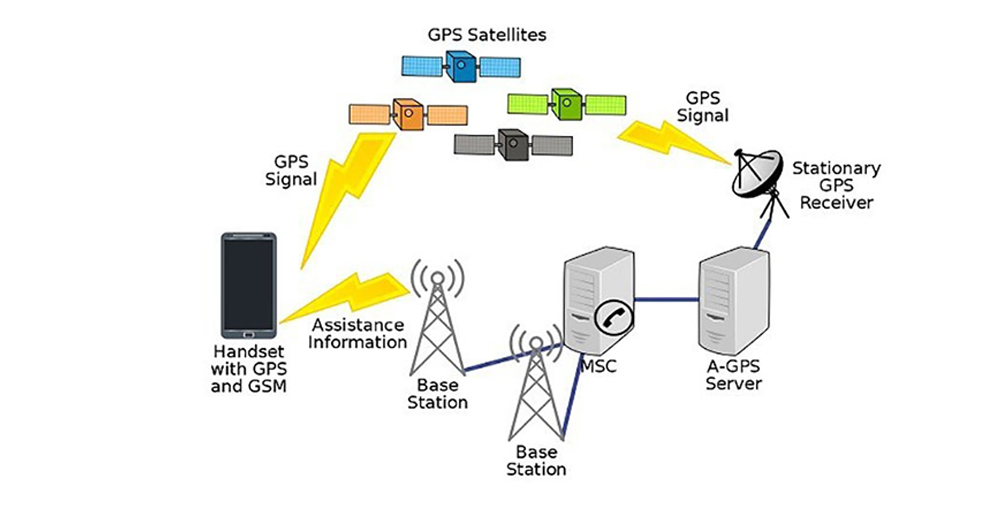QZSS technology is a GPS navigation satellite technology that is also being used in phones. QZSS stands for Quasi-Zenith Satellite System, a system developed by the Japanese government to integrate with the US Global Positioning System (GPS) in the Asia-Pacific region. The Japanese government also intends to expand the region’s four satellite time transfer systems and satellite-based systems.
In 2002, QZSS was launched with three satellites in conjunction with GPS for satellite-based navigation in Japan. Under contract with ASBS (Advanced Space Business Corporation), Mitsubishi Electric, Hitachi and GNSS Technologies Inc. have partnered for further development.
The first generation QZSS is clock-based and the second generation is based on atomic clock technology. QZSS technology is a new satellite-based color time monitoring system that can be used without the need for on-board atomic clocks used in existing GPS, GLONASS, NAVIC or Galileo navigation satellites.
Globally, the QZSS system also provides a high-performance, stable, and reliable positioning system for the Asia-Pacific region in conjunction with GPS. The QZSS service, based on four satellites, was launched in January 2018 and officially launched in November 2018. The satellite navigation guide, which includes seven satellites that can be used without GPS, will be available by 2023.



